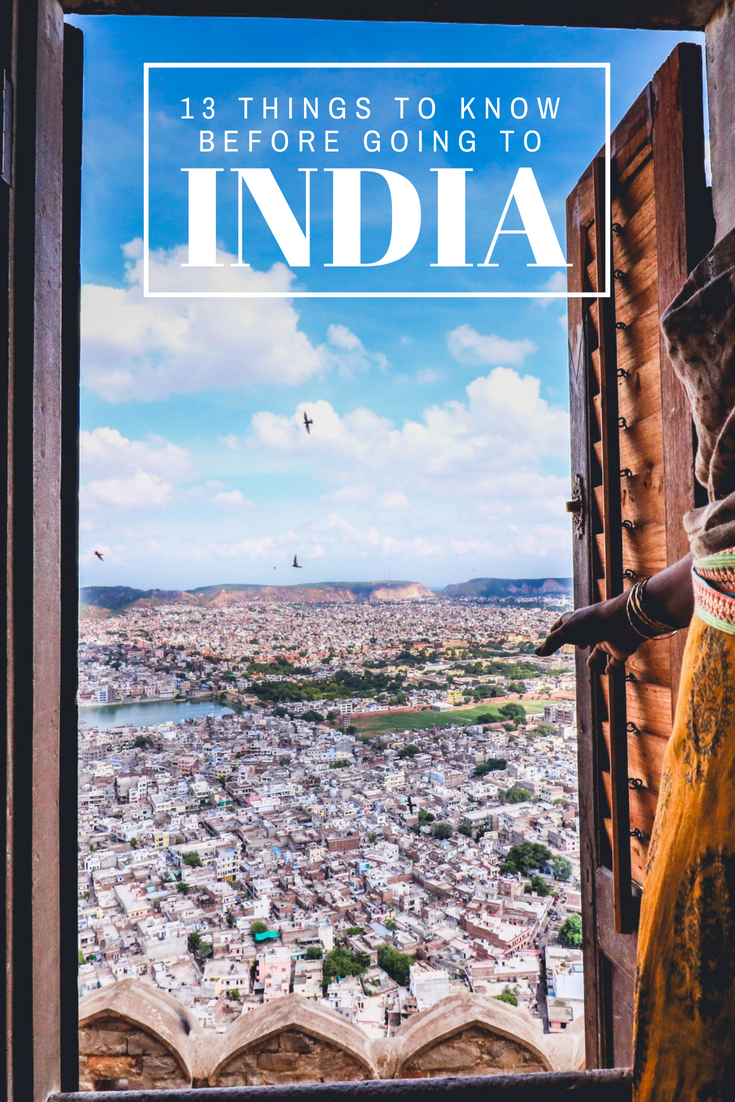Written by Manjul Rathee, who grew up in India and is CEO & Founder of Soulscape.
As a girl who grew up in India, an Army brat (born in the household of an Army personnel) I had the fortune and opportunity to travel extensively to some of the most remote areas of this amazing country. Sheltered by the ever so watchful military police, I could explore places others did not.
India is eclectic, exciting, peaceful, home to different cultures and religions, different terrains with the Himalayas in the north, the plateaus in the south, desert in the west and tropical wetlands in the east.
Every few hundred kilometres the attire, language, cuisine and landscape changes. It’s a visual treat – fascinating for some and overwhelming for others.
I left India at 18 and now as woman I have spent half my life in England. It took a couple of decades for me to realise that the reason these remote places I so loved were not frequented by travellers is because either they were lesser known or it was deemed unsafe to reach them. But my heart seeks the remote areas, the quaint villages, the hideaways untouched by modernity – this is where India presents her unique self.
As an avid traveller – here are my top tips for any woman wanting to travel to my beloved India:
1. Figure out what you want from the trip
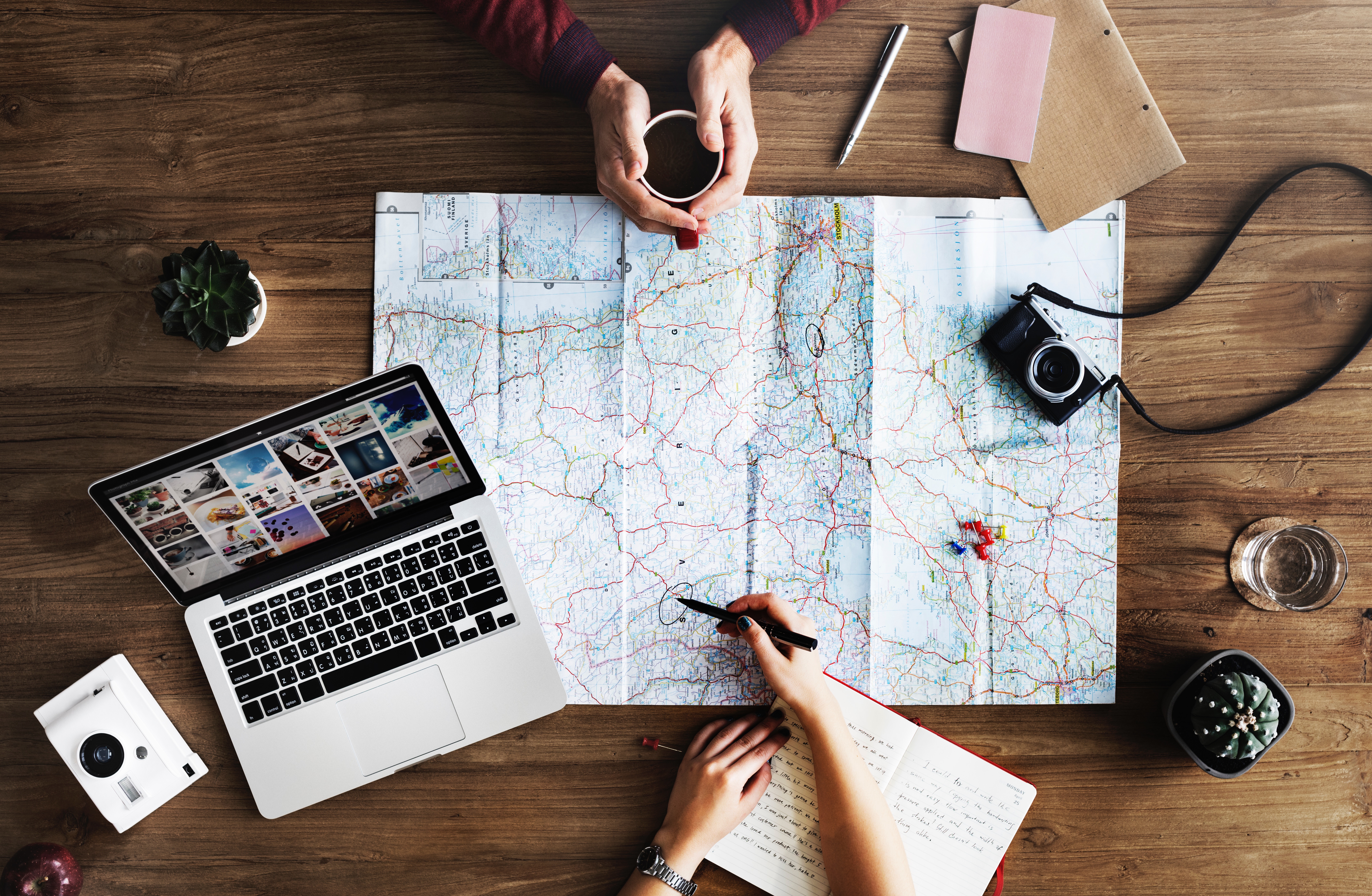
India is one of those few unique places that can give you any kind of travel experience you desire. Be it adventure, photography, history, food, fashion, shopping, culture, music, dance, sports, wellness (home of yoga, ayurveda and several different forms of meditation)… you name it and you can have the most diverse and authentic experiences. Different places have different specialties in India and too much choice can make planning hard, so start with what you want to do and see and then tailor your travels accordingly.
2. Asking is totally fine
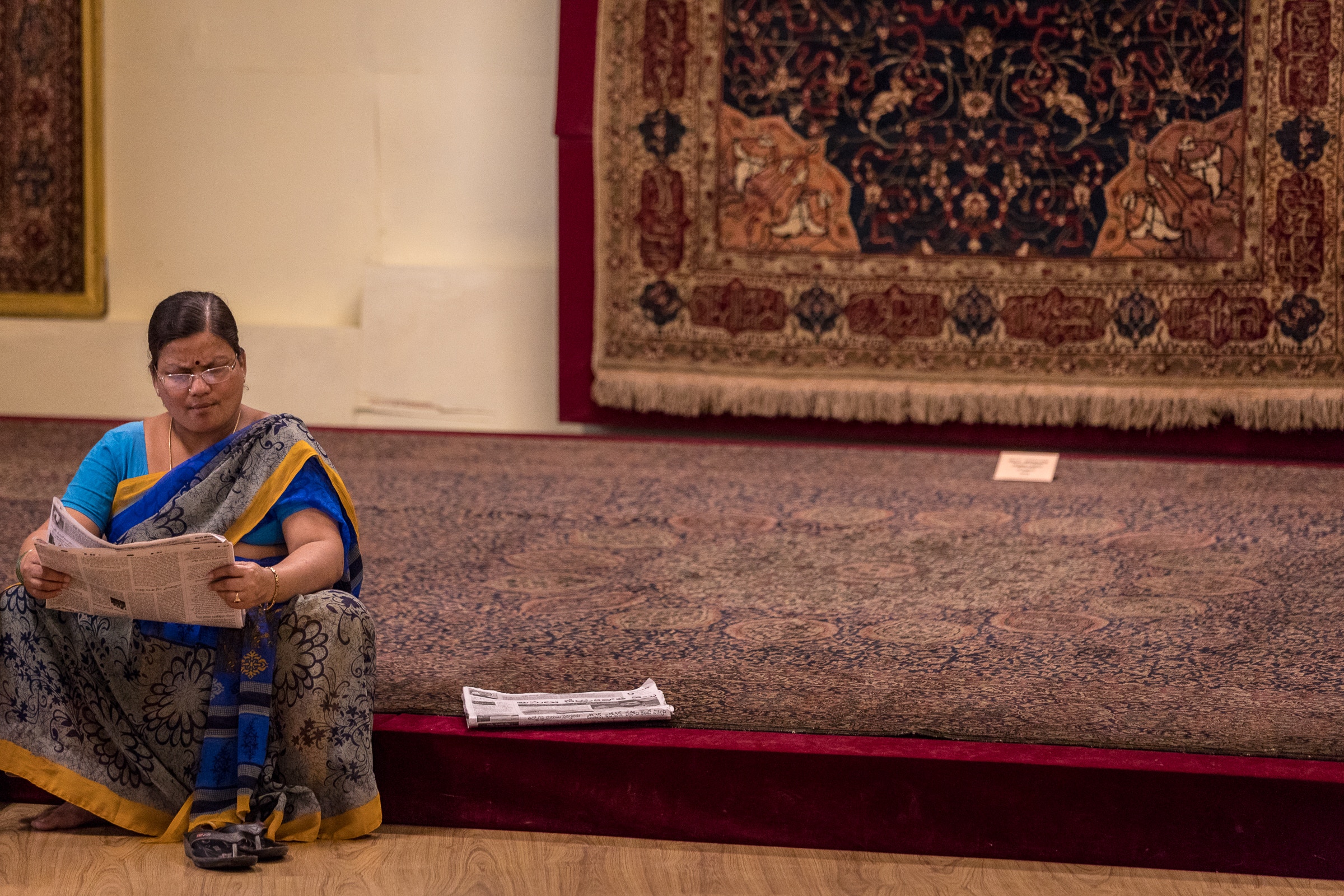
Helping each other out is what people do a lot in India. When you feel like you need guidance or help, my trick is to ask another woman or an official looking person (security guard, postman, ticket checker etc.). People will be more than happy to help, even lend you a phone for a call, these things are not even considered a favour!
3. Carry a scarf
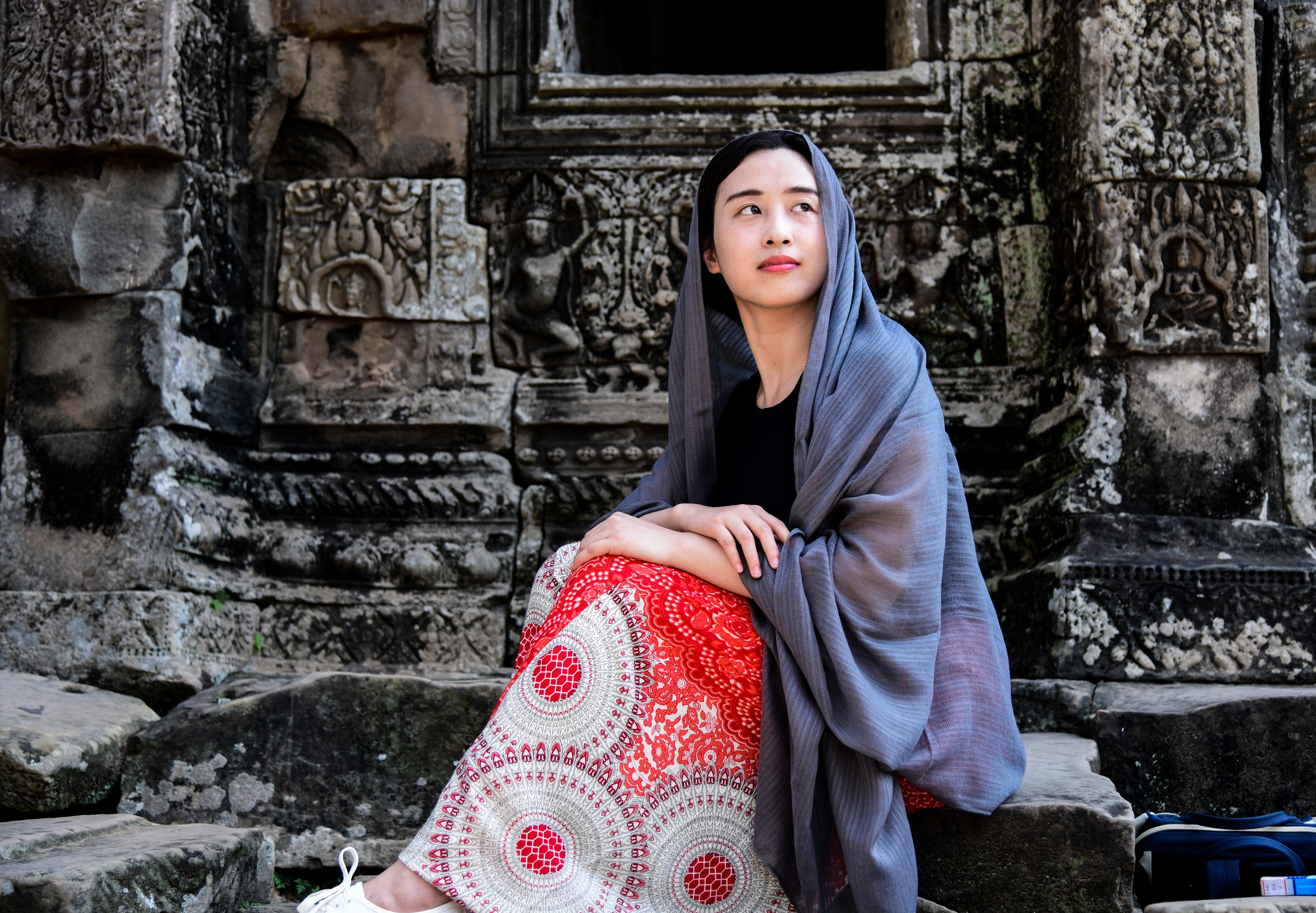
When travelling I always keep a scarf in my bag. Why? Because it can become so many things – I’ve used it as a bed sheet in a sleeper train, as a ‘dupatta’ (drapery women wear with traditional attire) when going into a temple or a place of religious significance, as a wrap around skirt and as a light shawl to keep me warm.
4. Confirm visa information
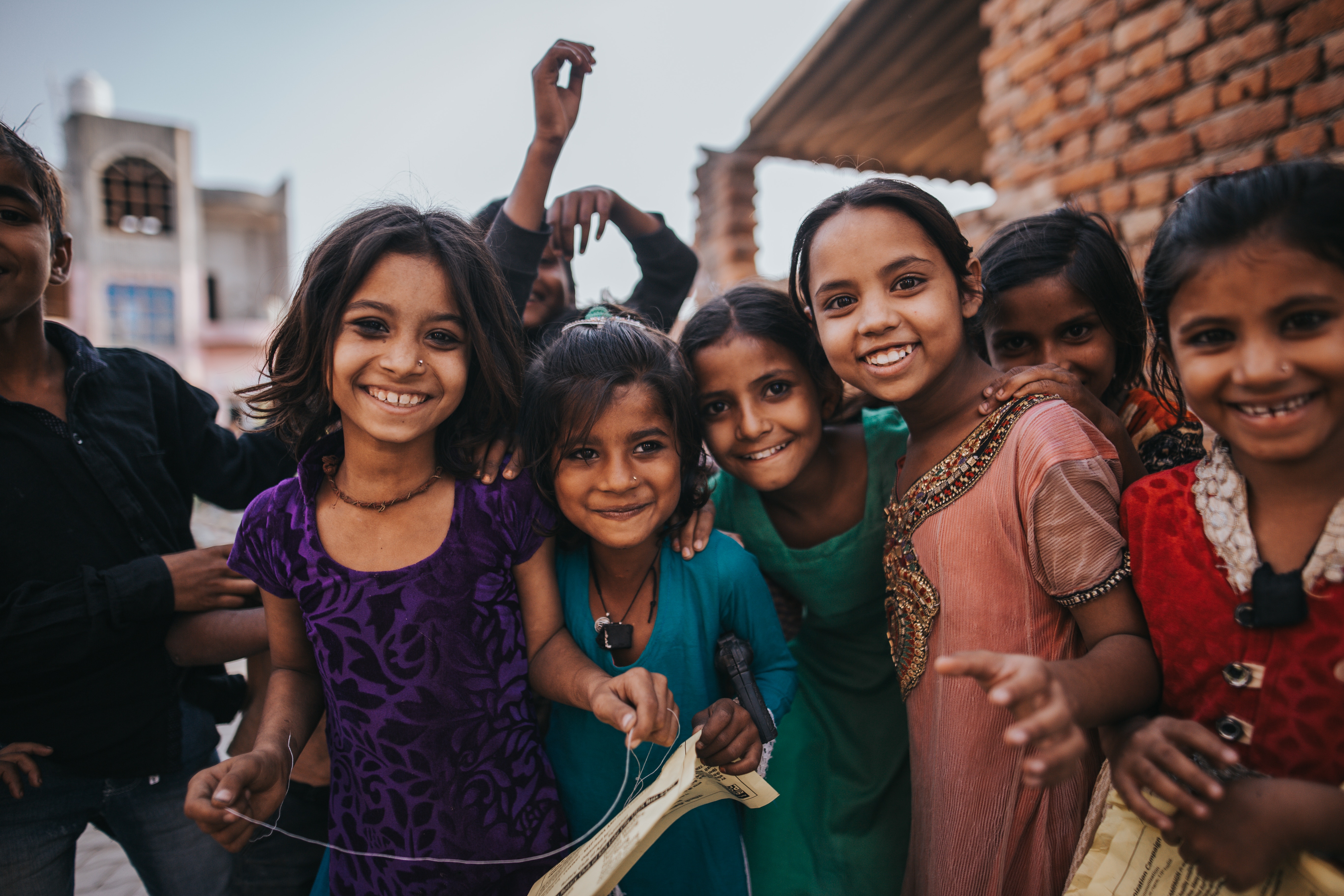
U.S. citizens traveling as tourists for no longer than 60 days do not need a tourist visa from an embassy or consulate, but can instead apply for an electronic travel authorization at least four days prior to their arrival. More information here.
5. You’re safest in the sun
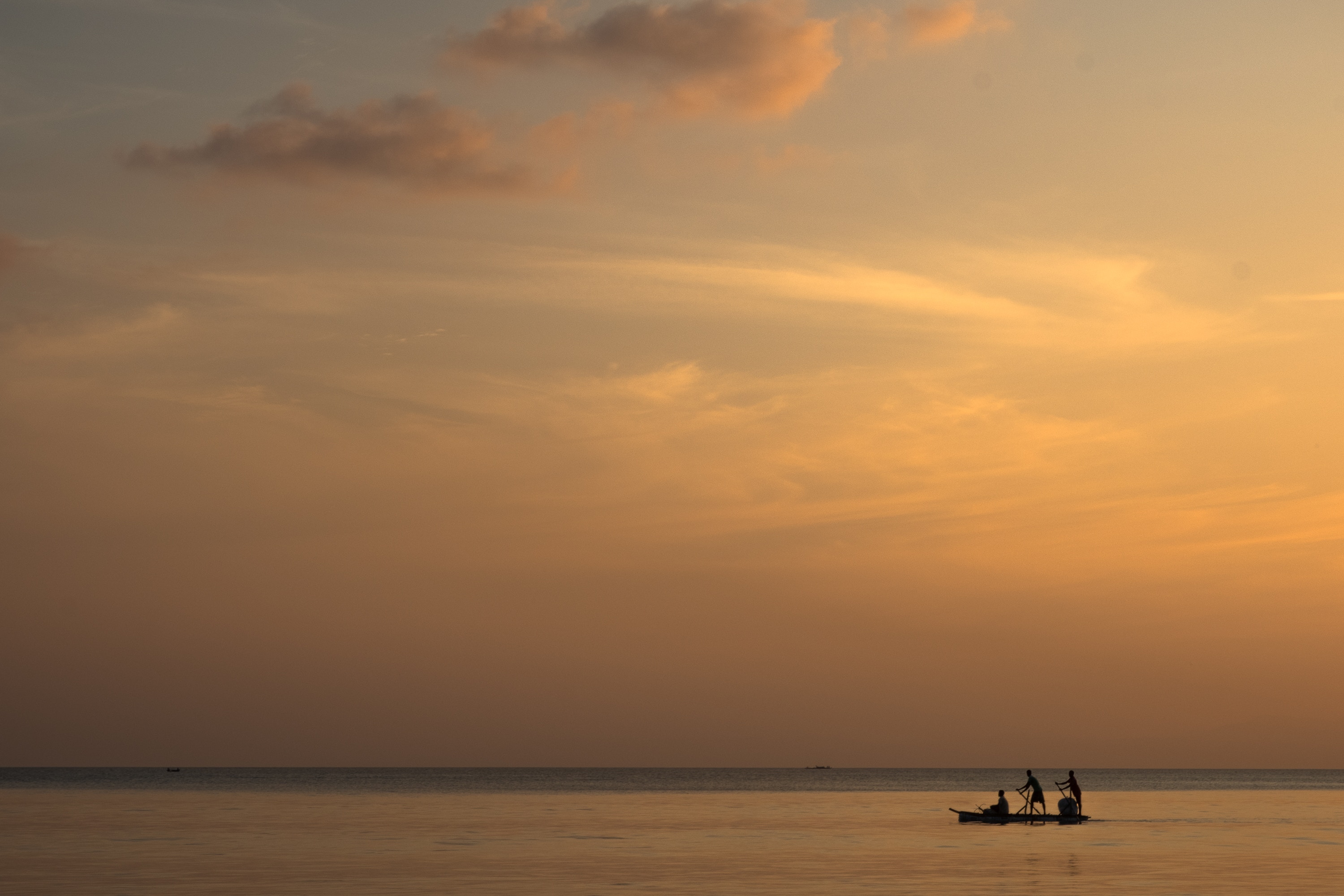
Depending on which region you are in, it’s super useful to know when are the best times to get out and about especially if you want to go off the beaten track. As a general rule, I like to start early (6 am onwards) and head back to my accommodation before sunset.
6. India is fashion forward
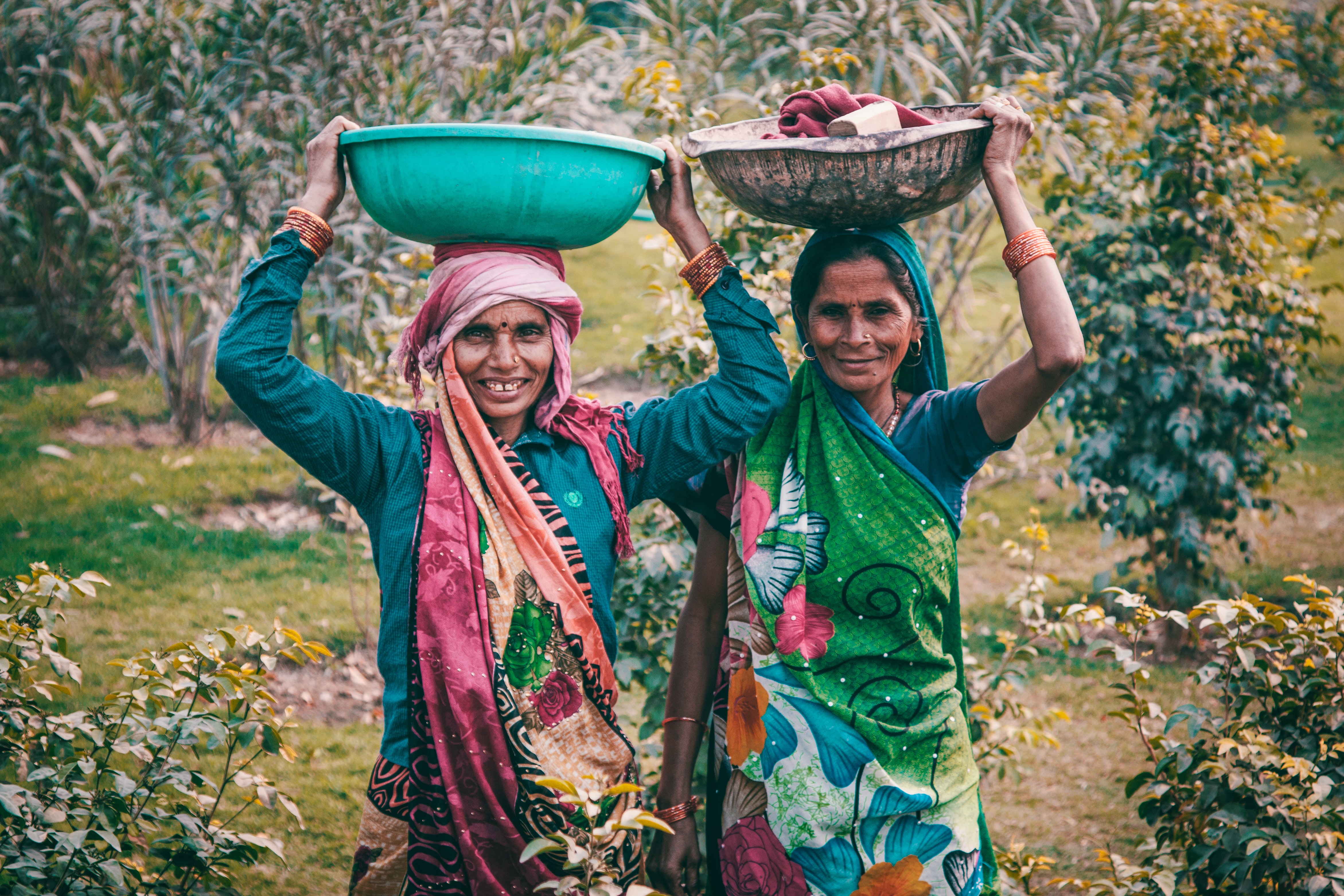
While India has been making waves on the international fashion scene for decades, the contrast in people’s perception of one’s attire varies a lot from place to place, society to society. As a general rule of thumb, I always wear light cotton/linen trousers and loose t-shirts with sleeves. This is not to say that you can’t wear anything else, you total can – but there’s a time and place for it. For example, going to a street market in Mumbai vs. going to a village market are completely different settings. Places like Mumbai where locals have more exposure to fashion and visitors are fine for dressing either which way suits you. But in more rural settings people are used to seeing women in Sarees, salwar kameez and other traditional attire – so a mini skirt or shorts is not recommended.
7. Trust your instincts
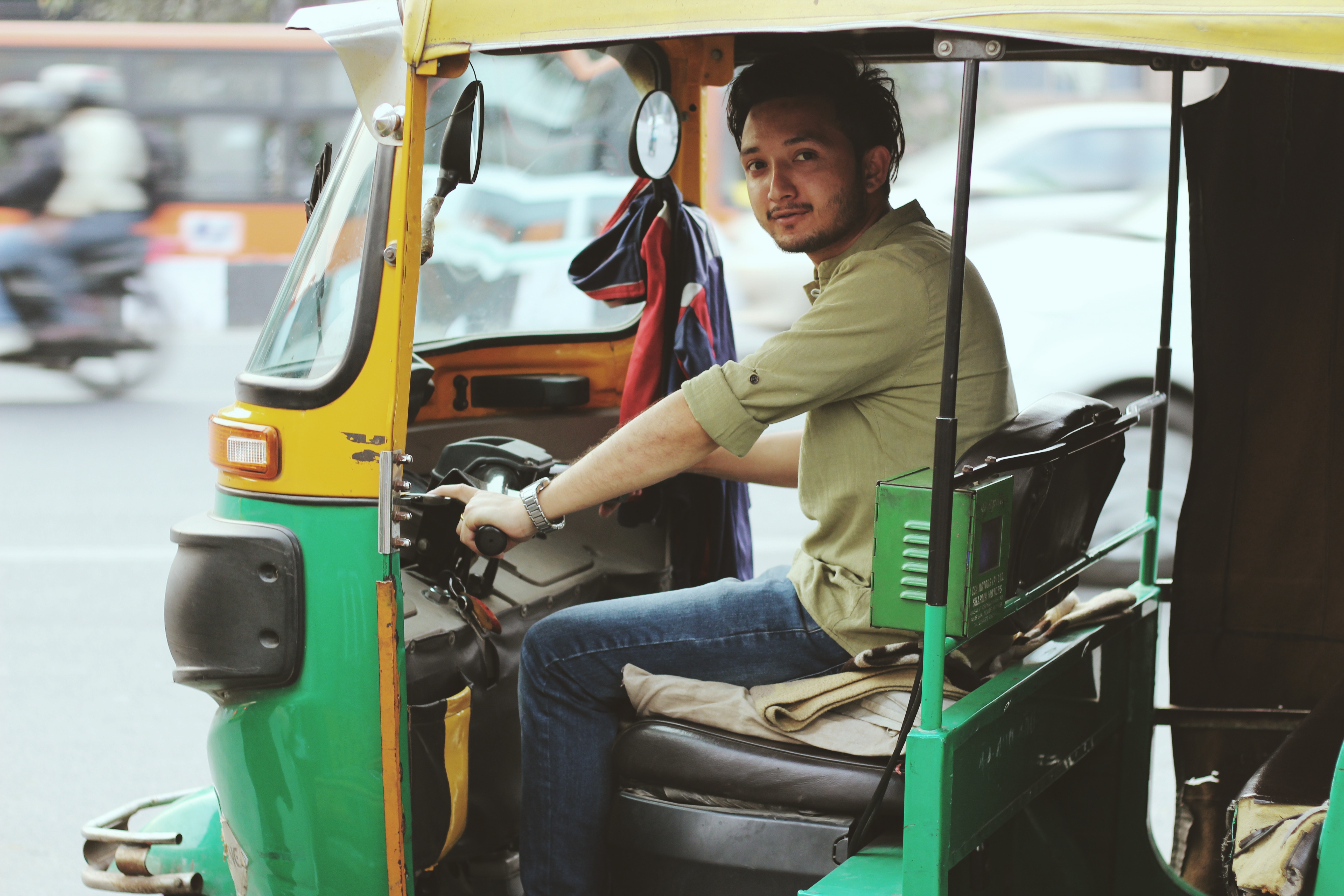
I read a lot of blogs where people talk about getting stared at a lot because others are ‘curious’. I agree, you’ll meet a lot of curious people who might look at you without blinking because you are a visitor in their home, they might offer you a cup of chai or ask you about where you’ve come from. Then there’s those opportunists who might want to take selfies with you without asking, or ‘eve tease’ (cat calling, singing songs whistling as you walk past etc.). I hate this. And while many locals are becoming increasingly aware and less tolerant of this – it still prevails in some areas. It is best to travel in a group to certain places. As soon as you get a sense of discomfort around a person or a group of people – get out of there. If you can’t, then find a woman or an official looking person closest to you and talk to them about it. People are very aware of this and generally sympathetic to women.
8. Carry small amounts of money in small denominations
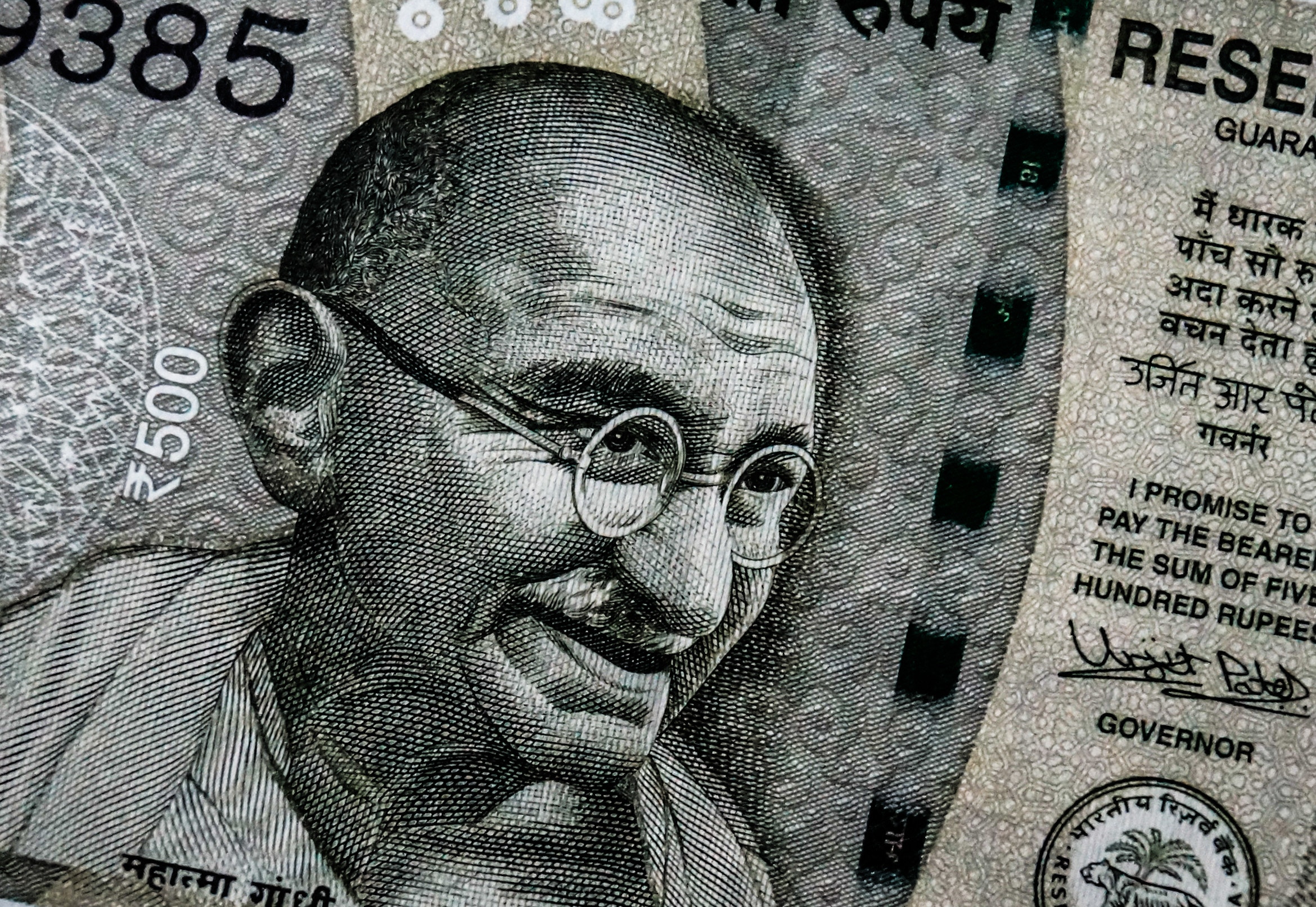
The Indian Rupee is a restricted currency – meaning that it’s not available outside of India. The best thing to do is bring Euros, Dollars or Pounds in cash with you and get it exchanged once you land in India. ATMs have sprouted pretty much everywhere so try to get small amounts of cash in small denominations as a lot of street vendors often don’t have change and having smaller denominations (10s, 20s, 50s and 100s) is much better than having a 2000 rupee note.
9. Go prepaid on transportation – metro, auto rickshaws, Uber and Ola
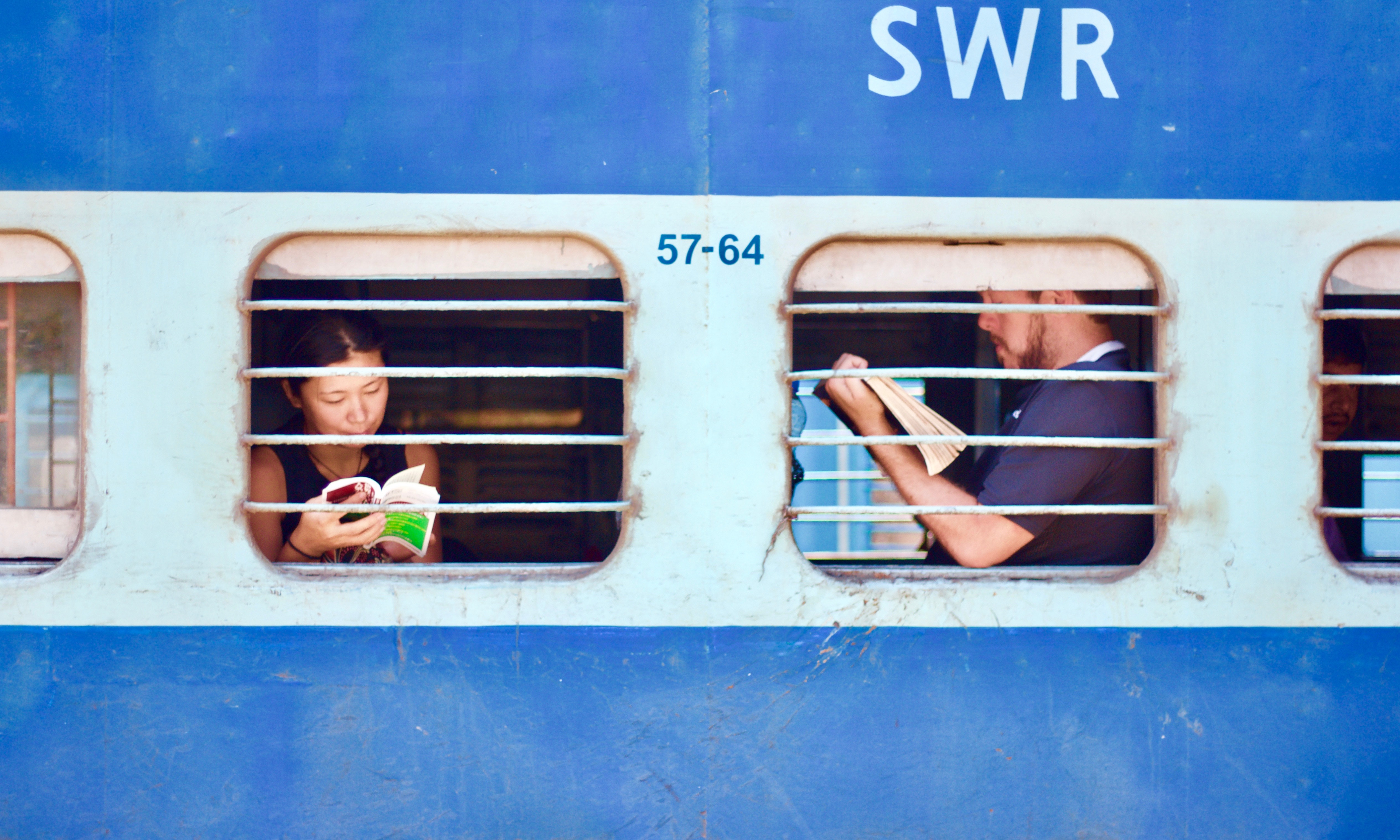
Prepaid taxi services such as Uber and Ola (Indian version of Uber) are useful ways to get around. However, these (including metro trains) are only available in the cities. If and when you travel to remote areas I always use prepaid transportation services, be it a taxi, a bus or a train. This means that the driver is a answerable to a ‘boss’ type person and that you don’t have to carry heaps of cash with you – which is always better.
10. Homestays
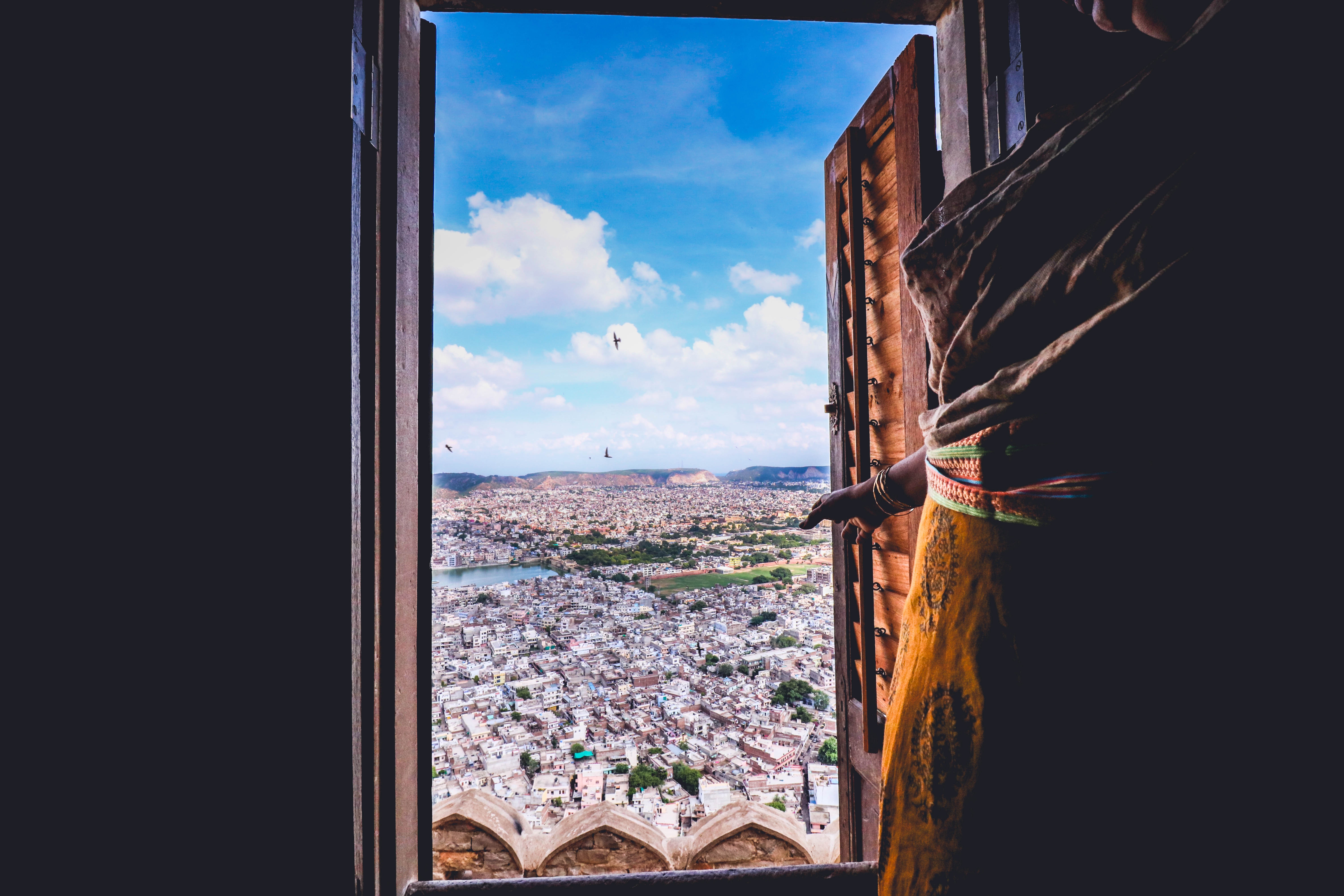
I’ve had the most amazing times when staying in a homestay that has good reviews online. Not only does this mean you get a way into the place and ‘know’ local people, but also you don’t end up sitting isolated in a hotel with people in transit.
11. Sharing food and drinks
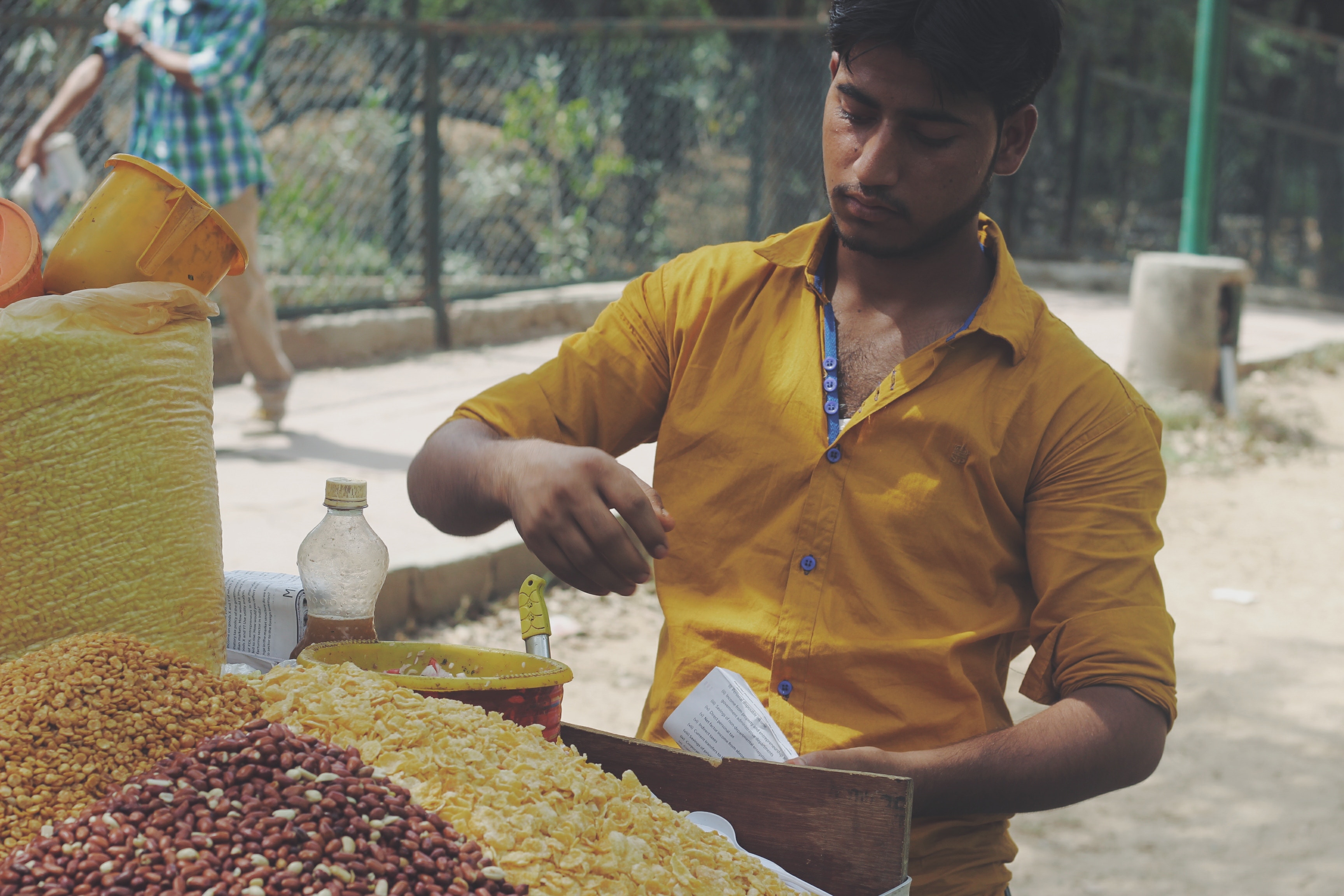
Indians love sharing! This is a great ice breaker and a very warming gesture. I have had a taste of some great dishes from around the country when travelling. But this can also be the start of an opportunist’s plan to take advantage of your friendliness. And it’s hard to filter people in a new place. My take on this is share food and drinks with a family, but not lone travellers. You can politely say no or say that you’ve only just had your meal.
12. Toilets and queues

Both toilets and queues can be very stressful experiences as a woman travelling around India. There are not a lot of public toilets and some can be dirty and smelly. My suggestion here is plan ahead and use toilets in shopping malls, restaurants or museums. One thing to note is that there are always separate queues for women in most places – train stations, bus stations, post offices etc. So, make sure you are in the women’s queue, and if you can’t see one then just ask where the ladies queue is.
13. Language Barrier
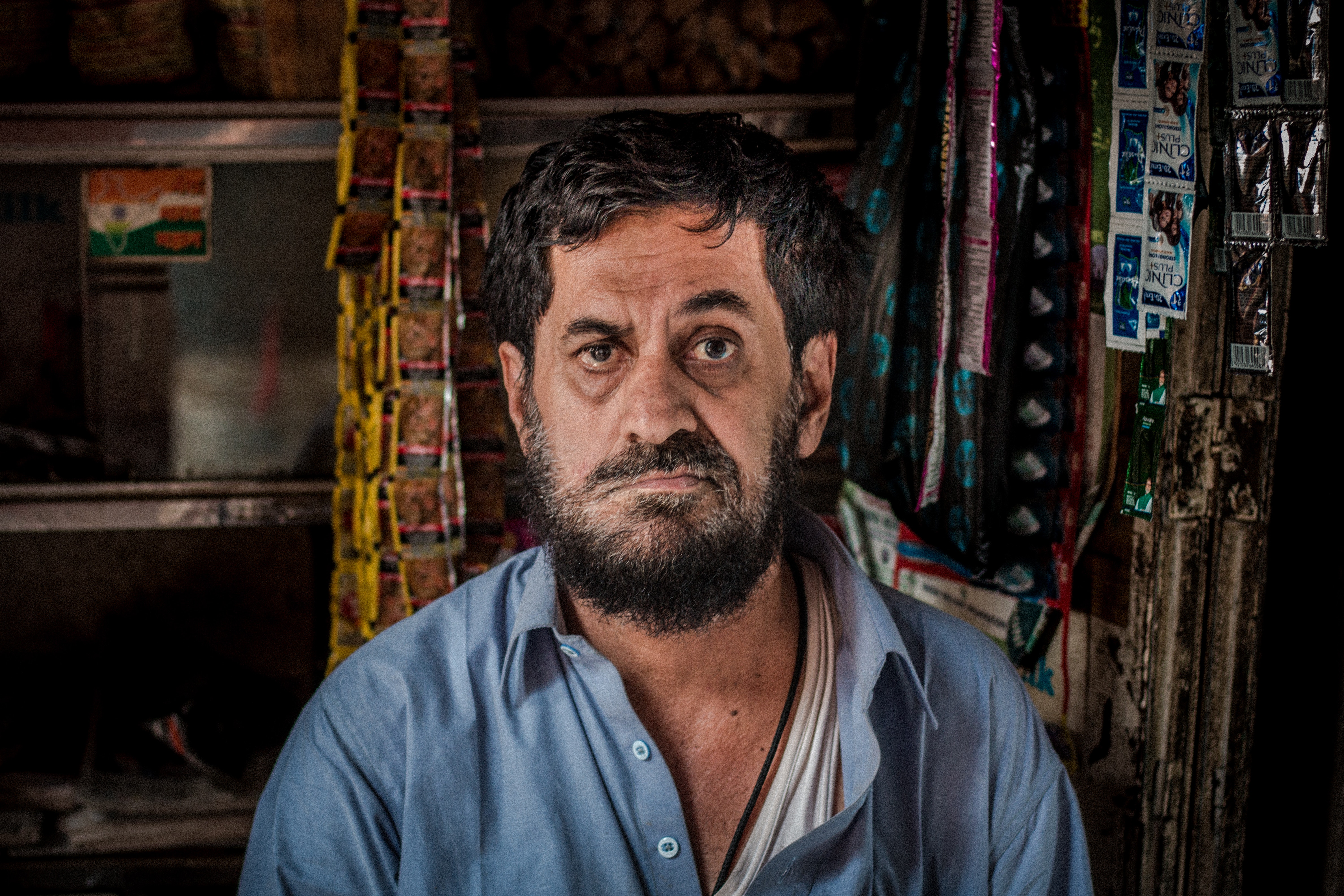
India has 22 official languages and several non-official ones. India is also part of the commonwealth, so most educated folk will speak english in cities. I speak english and hindi only. So when travelling to remote areas I tend to break sentences right down to words – so instead of saying “Do you know where the toilet is?” You might want to say “toilet” loud and clear so that the respondent doesn’t get confused by your accent. In India we use a lot of gestures, eyebrows, hand actions etc. so turn on your expressive self!
Have you been to India, any advice? Or if you’re interested in traveling to India what questions do you have? Comment below!
Interested in traveling to India? Travel with us for $1485 minus $150 off through May 29, 2018, more information here. See our other trips here.
PIN IT:
